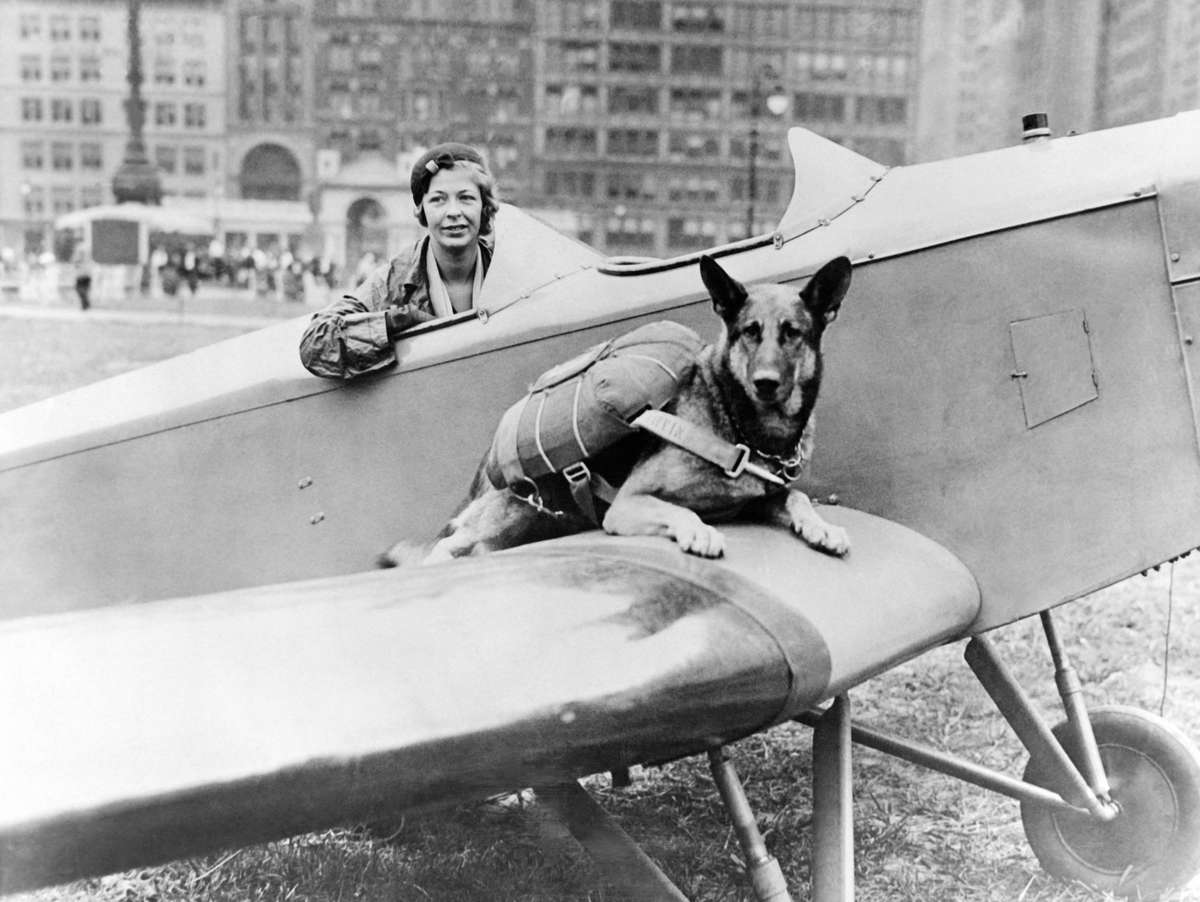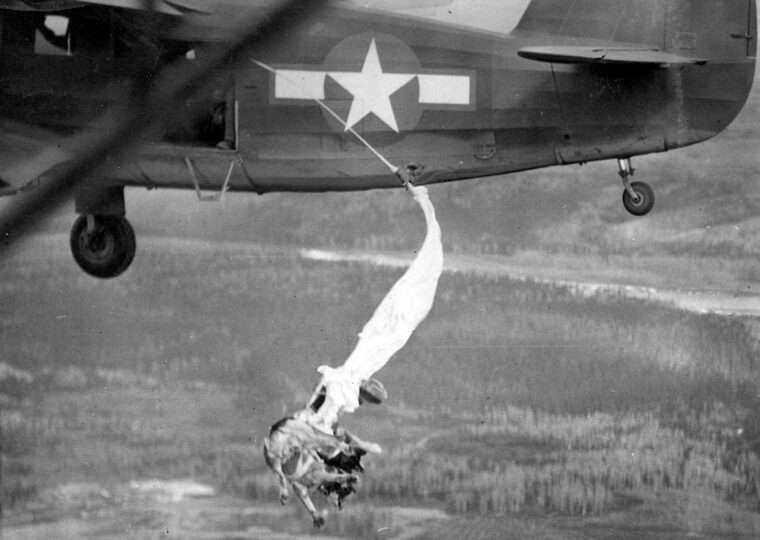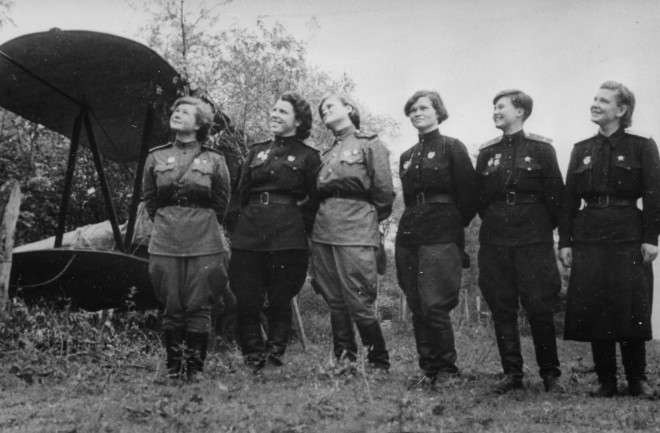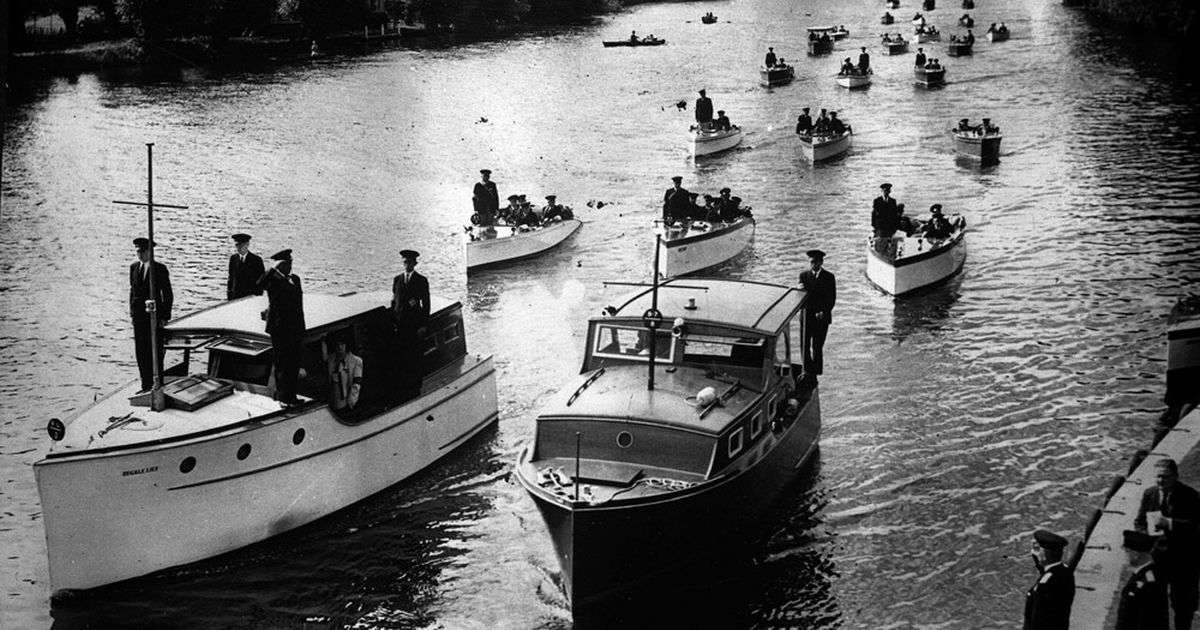
COBI Update + 5 Lesser Known WWII Facts
Hello!
After a hot week in the BrickTanks warehouse, I'm going to keep this COBI update as brief as possible. I was hoping to be able to tell you that the new Challenger 2 and Wirbelwind kits are on the way, but unfortunately they have been delayed until appoximately 8th August. We placed an order with COBI this week anyway as we had run out of so many kits, but the only new release arriving soon is the Kubus along with several sold out kits - for the full list of backorders, click on the collection button below and be sure to check individual due dates on the product page. Not everything will be arriving on the next order, but most of them are.
After a hot week in the BrickTanks warehouse, I'm going to keep this COBI update as brief as possible. I was hoping to be able to tell you that the new Challenger 2 and Wirbelwind kits are on the way, but unfortunately they have been delayed until appoximately 8th August. We placed an order with COBI this week anyway as we had run out of so many kits, but the only new release arriving soon is the Kubus along with several sold out kits - for the full list of backorders, click on the collection button below and be sure to check individual due dates on the product page. Not everything will be arriving on the next order, but most of them are.
Lancaster Update
COBI told us today (Friday 2nd August) that the release dates of both versions of the Lancaster have been put back a few days. The Dambusters version is now due for release on 2nd September and the standard edition is 6th September. On the plus side, they also released all the product images for the "Dambusters" version this week, so in case you haven't seen them yet, click on the link below - enjoy!
Old favourite disappearing soon
As predicted, COBI have discontinued the Wellington Bomber, as well as many other kits. Click on the 'Discontinued Collection' (button below) for the updated list.
For the final part of the blog, I thought I would share some more fascinating facts about World War II. Let me know which was your favourite in the comments.
Have a great weekend.
Warmest wishes,
Zoë
Five Lesser-Known and fascinating facts about World War II
1. The Canine Parachutists of WWII
Dogs played a vital role in World War II, serving as messengers, scouts, and
even combatants. One of the more surprising roles was that of canine parachutists.
The British and Americans trained dogs to parachute with their handlers into
enemy territory. These dogs were used for a variety of missions, including
detecting mines, finding wounded soldiers, and delivering messages.
One famous canine parachutist was Bing, a collie-cross, who was part of the
British Airborne Forces. Bing parachuted into Normandy on D-Day and later into
the Netherlands during Operation Market Garden. His bravery earned him the
Dickin Medal, the animal equivalent of the Victoria Cross.


2. The Great Escape Tunnel were given Names
The Great Escape, immortalised in the 1963
film, was a mass escape attempt from the German POW camp Stalag Luft III. The
escape involved digging three tunnels, each with a distinct name: Tom, Dick,
and Harry. The prisoners chose these nondescript names to avoid suspicion and
simplify communication about the complex operation.
film, was a mass escape attempt from the German POW camp Stalag Luft III. The
escape involved digging three tunnels, each with a distinct name: Tom, Dick,
and Harry. The prisoners chose these nondescript names to avoid suspicion and
simplify communication about the complex operation.
Although only 76 men managed to escape through
the tunnels, the effort was a remarkable feat of engineering and collaboration.
Tragically, of the escapees, 50 were recaptured and executed by the Gestapo on
Hitler's orders. The Great Escape remains a powerful story of courage,
ingenuity, and the relentless pursuit of freedom against overwhelming odds.
the tunnels, the effort was a remarkable feat of engineering and collaboration.
Tragically, of the escapees, 50 were recaptured and executed by the Gestapo on
Hitler's orders. The Great Escape remains a powerful story of courage,
ingenuity, and the relentless pursuit of freedom against overwhelming odds.
3. The Night Witches: Soviet Female Aviators
The Night Witches were an all-female Soviet air regiment, the 588th Night Bomber Regiment, who flew daring night missions against German forces. These women, aged 17 to 26, piloted outdated biplanes made of wood and canvas. Despite their rudimentary equipment, they executed precision bombing raids, often cutting their engines to glide silently over targets before releasing their bombs.
Their fearless tactics and the terror they
inflicted on German troops earned them the nickname "Night Witches."
By the end of the war, they had flown over 30,000 sorties and dropped more than
23,000 tonnes of bombs. Their story is a testament to the vital and often
overlooked contributions of women in wartime.
inflicted on German troops earned them the nickname "Night Witches."
By the end of the war, they had flown over 30,000 sorties and dropped more than
23,000 tonnes of bombs. Their story is a testament to the vital and often
overlooked contributions of women in wartime.

4. The Phantom Army of Patton
While the Ghost Army is a well-known WWII deception unit, fewer people know
about the Phantom Army commanded by General George S. Patton. This fictitious
army, known as the First United States Army Group (FUSAG), was part of the
larger Operation Fortitude deception strategy. The Allies used fake radio
transmissions, inflatable tanks, and dummy landing craft to create the illusion
of a large force poised to invade Pas-de-Calais.
While the Ghost Army is a well-known WWII deception unit, fewer people know
about the Phantom Army commanded by General George S. Patton. This fictitious
army, known as the First United States Army Group (FUSAG), was part of the
larger Operation Fortitude deception strategy. The Allies used fake radio
transmissions, inflatable tanks, and dummy landing craft to create the illusion
of a large force poised to invade Pas-de-Calais.
The Phantom Army successfully diverted German attention and resources away
from Normandy, aiding the real Allied invasion. The operation's success
demonstrated the effectiveness of psychological warfare and strategic deception
in military operations.
from Normandy, aiding the real Allied invasion. The operation's success
demonstrated the effectiveness of psychological warfare and strategic deception
in military operations.
5. The Miracle of Dunkirk's Small Boats
The Dunkirk evacuation, or Operation Dynamo, is a well-known event where
over 338,000 Allied soldiers were evacuated from the beaches of Dunkirk,
France, in 1940. However, what’s often overlooked is the crucial role played by
civilian vessels, known as the "Little Ships of Dunkirk."
A flotilla of around 700 small boats, including fishing boats, pleasure
craft, and lifeboats, sailed from England to Dunkirk to assist in the
evacuation. These civilian vessels, manned by ordinary citizens, braved
treacherous conditions and enemy fire to rescue stranded soldiers. Their
courage and determination turned a potential disaster into a remarkable story
of solidarity and heroism.

World War II continues to fascinate us not only for its grand scale and pivotal battles but also for the myriad lesser-known stories that highlight the ingenuity, bravery, and resilience of those involved. From deceptive phantom armies and daring escape tunnels to fearless female aviators and the heroic little ships of Dunkirk, these lesser-known facts remind us that history is not just about grand
strategies and major battles but also about the remarkable, often unsung,
contributions of individuals and unconventional tactics that helped shape the
outcome of the conflict.
strategies and major battles but also about the remarkable, often unsung,
contributions of individuals and unconventional tactics that helped shape the
outcome of the conflict.
 Skip to content
Skip to content

